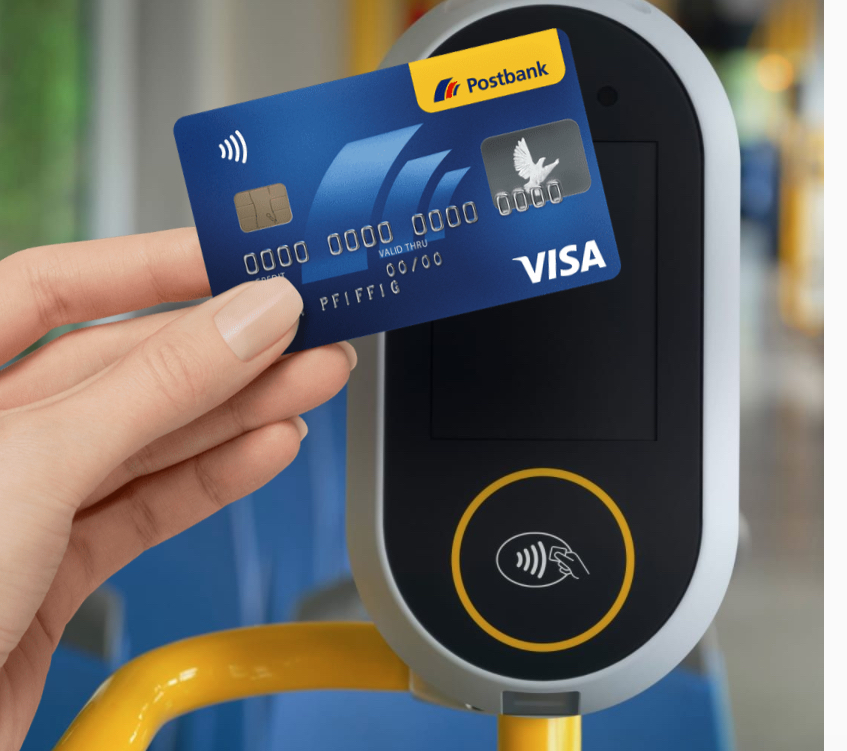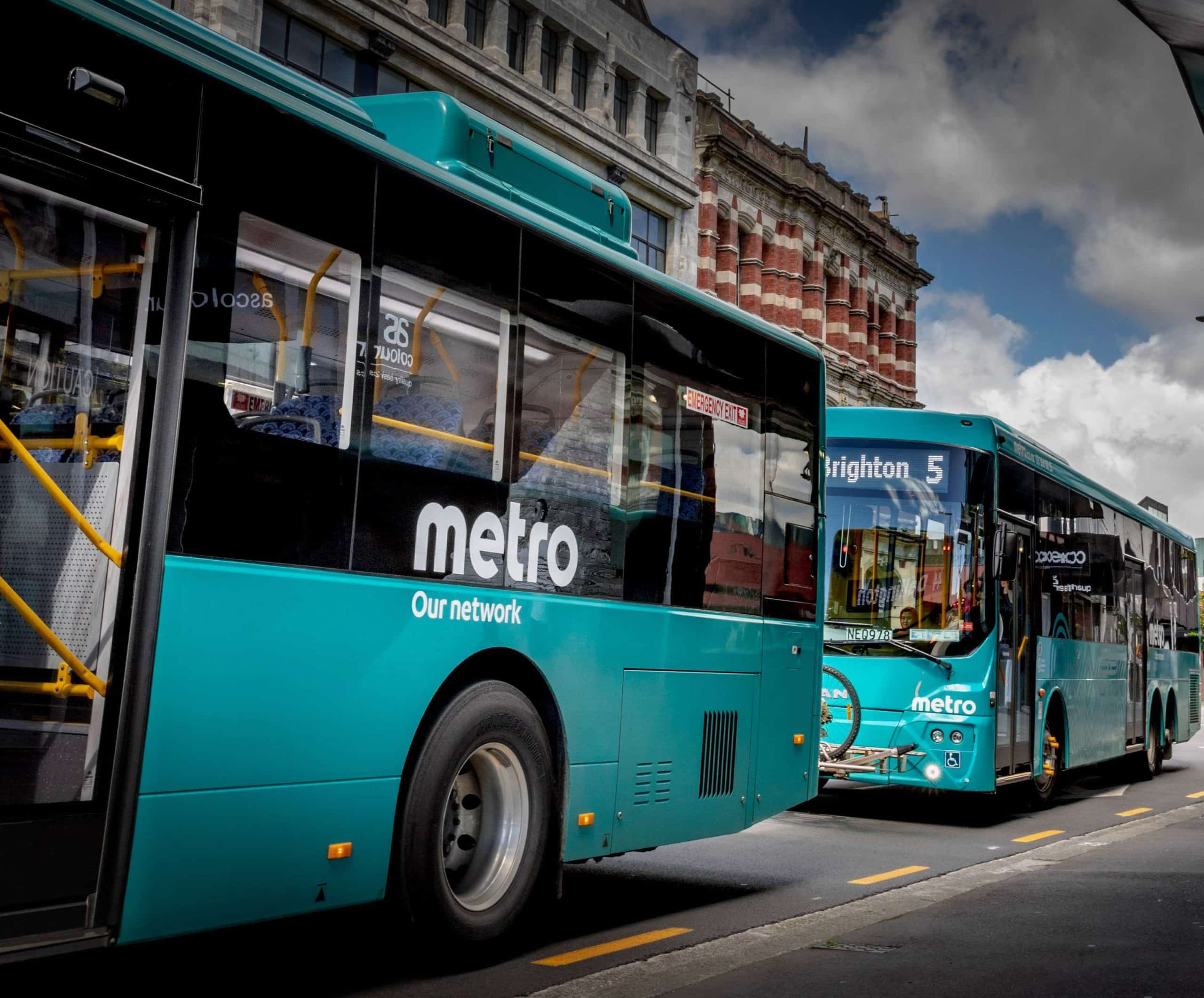
Article Highlights
SWB Bus and Bahn, the transit agency serving the city of Bonn, is seeking to do what other German transit agencies have not done, prove that a customers will tap contactless open-loop EMV cards or credentials to ride.
With the launch of the open-loop service, Bonn has become the first city in Germany–a country famously reticent about using payments cards–especially credit cards–to adopt contactless EMV for public transit.
• SWB Bus and Bahn
• Scheidt & Bachmann
SWB Bus and Bahn, the transit agency serving the city of Bonn, is the first such operator in Germany to accept contactless EMV payments.
















